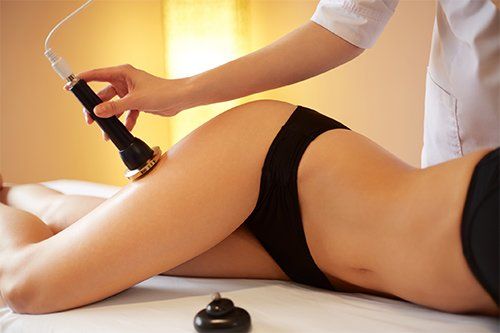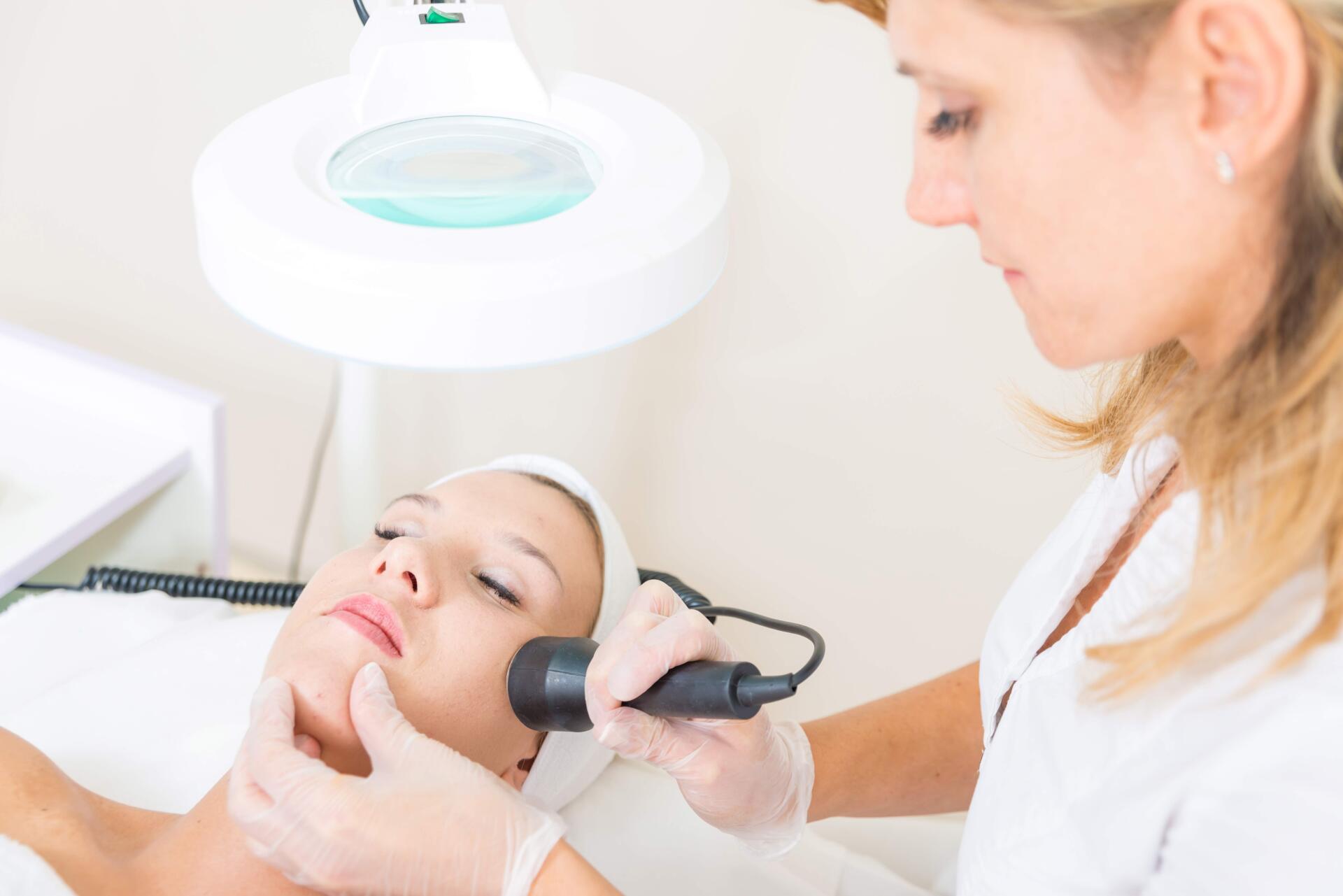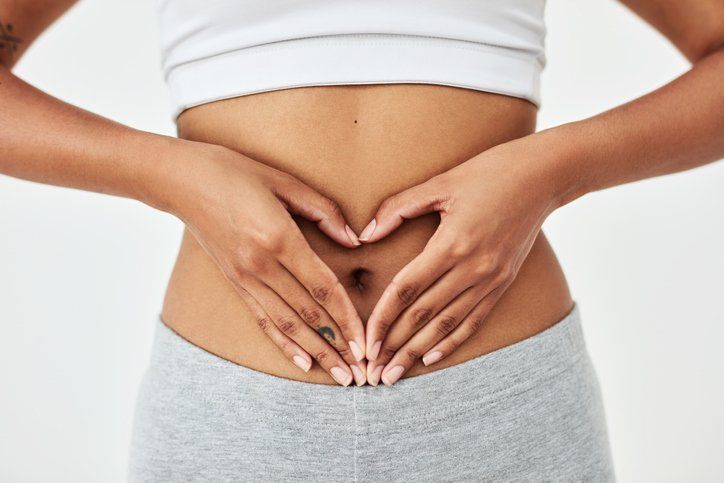After spending months or even years working to achieve your goal weight, it is disheartening to have a layer of loose, flabby skin covering up your new body. Not only does loose skin decrease your self-confidence, but it may also make certain activities uncomfortable and may contribute to infections, rashes, and physical discomfort.
Other factors that contribute to excessive skin include your age, long periods of time spent obese or overweight, frequent weight gain and subsequent weight loss, excessive sun exposure, and genetics.
The best surgical procedure for permanently removing loose skin depends on the location of the skin and how much skin you need to remove. Before you schedule your consultation for body contouring surgery, there a few things you need to do.
1. Maintain Your Weight Loss
Most surgeons want prospective patients to maintain their weight loss for at least six months before having surgery. This proves that you have made the necessary lifestyle changes to maintain your new weight. While minor weight fluctuations (5-10 pounds) typically aren't problematic, larger gains can stretch your skin out, requiring another procedure to restore your original results.
2. Decide What Type of Procedure Meets Your Needs
There are multiple procedures available to remove your loose skin. Some of the most common body contouring procedures include:
- An upper-body lift
- A lower-body lift
- An abdominoplasty (tummy tuck)
- A thigh lift
- An arm lift
An upper-body lift focuses on removing skin from the breasts and back, while a lower-body lift is an extensive operation that eliminates extra skin from the hips, thighs, stomach, and buttocks.
You may need multiple operations to remove all of your loose skin. Your surgeon will likely recommend a certain length of time for healing between operations, so it might take a year or two to completely remove all of your extra skin.
Consult with a qualified plastic surgeon to determine which procedure will give you your preferred results. For example, if you have a large amount of excess skin on your abdomen and minimal extra skin on your thighs, your doctor might recommend an abdominoplasty instead of a lower-body lift to provide stomach contouring with a higher level of detailing.
3. Stop Using Tobacco Products
One of the most important things you need to do before your body contouring surgery is to stop using tobacco products. Though tobacco products contribute to a lower overall level of health, they make it especially difficult for the body to properly recover after a surgical procedure.
Tobacco products, including cigarettes, dip, and other forms of smokeless tobacco, contain chemicals, tar, and nicotine that affect the body by decreasing the amount of oxygen that your blood can transport throughout your body.
After surgery, your body depends on this oxygen-rich blood to facilitate the healing process. If your surgical wounds heal slower than expected, you have a higher chance of incurring a surgical infection and experiencing a longer recovery time.
Usage of tobacco products also increases your risk of suffering from a blood clot. Ideally, you should stop all tobacco usage 10 weeks before your procedure. Since it takes most people a few attempts to successfully stop using tobacco, it is better to start your cessation program sooner rather than later.
When you stop smoking or using tobacco products, avoid using products that contain nicotine, like gum or patches. The amount of nicotine in these items will still interfere with your body's ability to heal itself after your surgery.
Are you ready to rid your new body of excess skin?
Contact
Ronald C. Barry, MD, today to schedule your consultation appointment and take the first steps to regaining a positive self-image.





